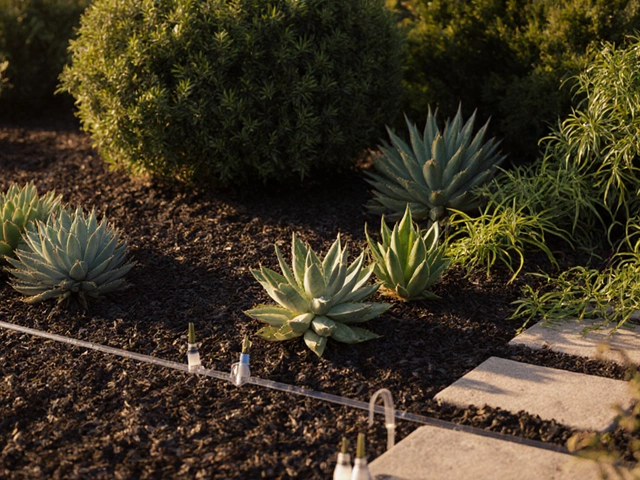Soil Calculation Made Simple for Every Garden Project
Ever wonder how much soil you really need for a new flower bed or a raised garden? Guessing can waste money or leave you short on material. The good news is you don’t need a fancy calculator – just a few measurements and basic math will give you an accurate estimate.
First, decide the shape of the area you’re filling. Most garden beds are rectangular, but circular or irregular beds work the same way – you just need length, width, and depth. Depth matters because different plants need different soil depths. For most veggies, 12‑15 inches is enough, while deeper roots like tomatoes or carrots may need 18‑24 inches.
Step‑by‑Step Formula for Rectangular Beds
1. Measure the length and width in feet. 2. Choose the depth you want in inches. 3. Convert the depth to feet (divide inches by 12). 4. Multiply length × width × depth‑in‑feet. The result is the cubic feet of soil you need.
Example: A 6‑ft × 4‑ft bed at 12 inches deep.
- Depth in feet = 12 ÷ 12 = 1 ft
- Cubic feet = 6 × 4 × 1 = 24 ft³
Calculating Soil for Raised Beds and Circular Plots
Raised beds often use the same rectangle formula, but you’ll also need to factor in the thickness of the bed walls if they’re built from timber or blocks. Add an extra 2‑3 inches to the depth to cover the material.
For circular beds, use the area formula π r² (radius squared times 3.14). Multiply that area by the depth in feet to get cubic feet.
Example: A round bed with a 3‑ft radius at 10 inches deep.
- Area = 3.14 × 3² ≈ 28.3 ft²
- Depth in feet = 10 ÷ 12 ≈ 0.83 ft
- Cubic feet = 28.3 × 0.83 ≈ 23.5 ft³
When you’re dealing with a large lawn, the math is the same but on a bigger scale. Measure the entire area in square feet, convert the desired soil depth to feet, and multiply. A typical lawn might need 2‑3 inches of topsoil for leveling – that’s 0.17‑0.25 ft depth. For a 1,000‑sq‑ft lawn, 0.2 ft depth means 200 ft³ of soil, or roughly 7.5 cubic yards.
Don’t forget to account for compaction. Loose, fresh soil can settle 15‑20% after a few weeks of watering and planting. Multiply your total by 1.2 to cover the shrinkage.
Finally, use a simple tool like a tape measure, a ruler, and a calculator (or your phone). Many garden centers also offer online calculators – just plug in the numbers you’ve already measured.
With these steps you’ll always know exactly how much soil to order, avoid extra trips, and keep your budget in check. Happy planting!

Calculating Soil Needed for a 4x8 Raised Garden Bed
Determining how much soil is required for a 4x8 raised garden bed involves understanding its volume and the soil types suitable for gardening. This guide breaks down the steps needed to calculate the soil quantity necessary for this type of raised bed. Learn about the ideal soil mix to promote healthy plant growth and discover some tips to enhance your gardening experience. Uncover ways to ensure that your raised bed remains productive season after season.
About
Soil Improvement
Latest Posts


Ecosystem Garden: How to Build a Self-Sustaining Backyard Habitat
By Alden Thorne Apr 20, 2025

Most Sought-After Flowers in India's Blooming Market
By Alden Thorne Jan 12, 2025

Best Low‑Maintenance Garden Ideas for Sustainable Living
By Alden Thorne Oct 21, 2025
